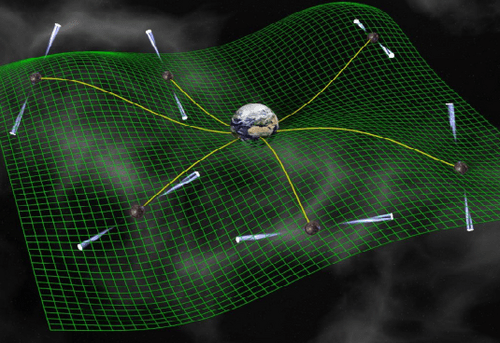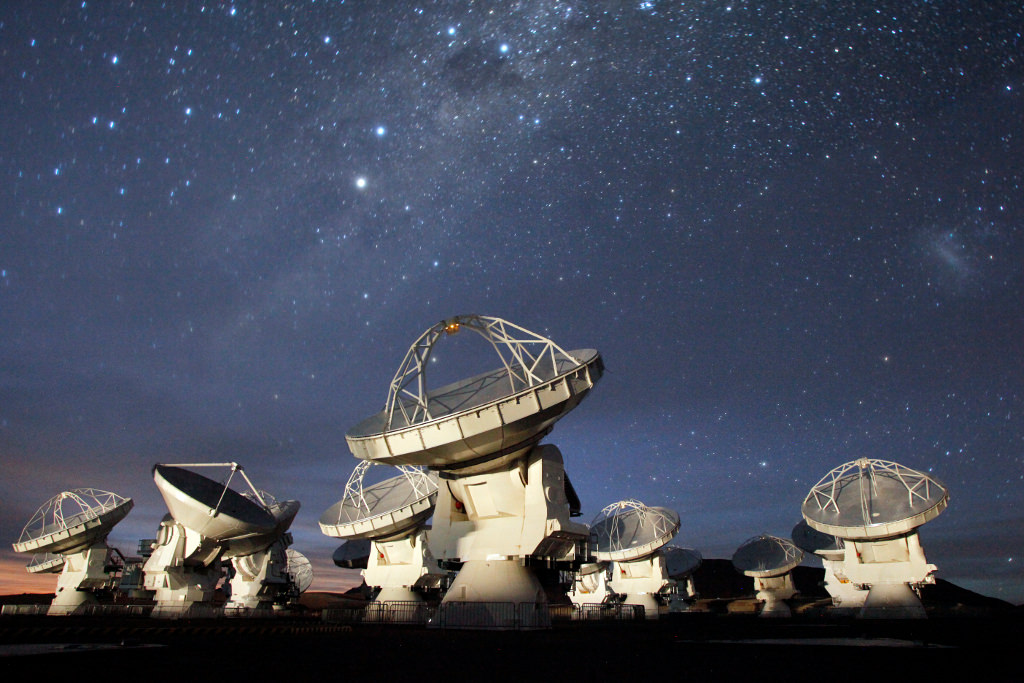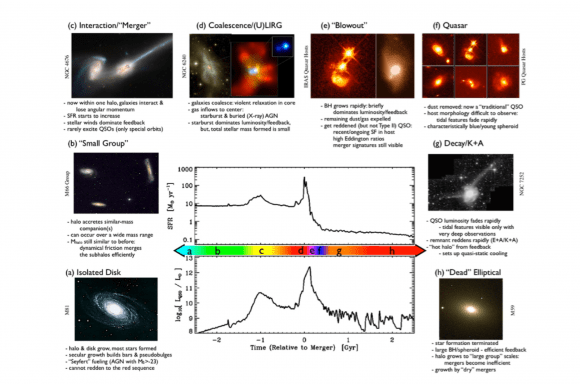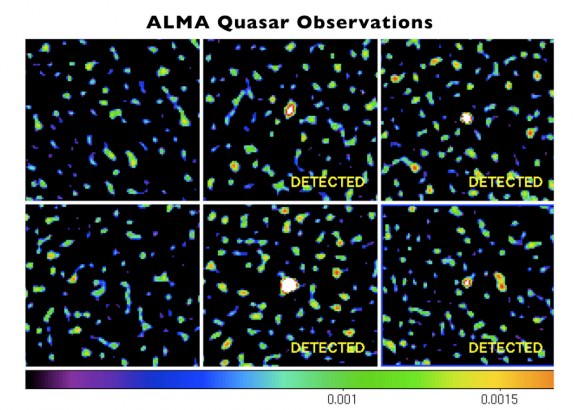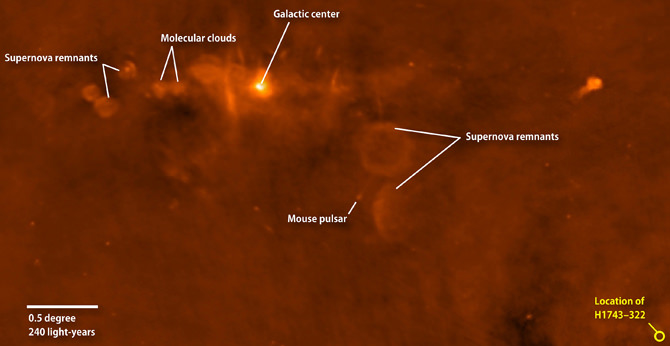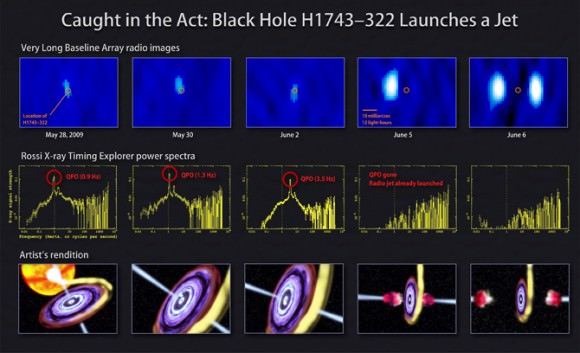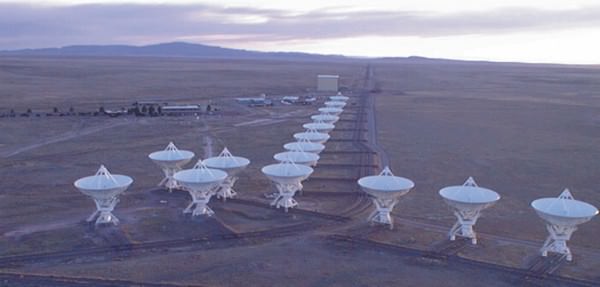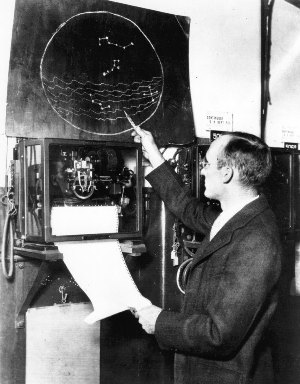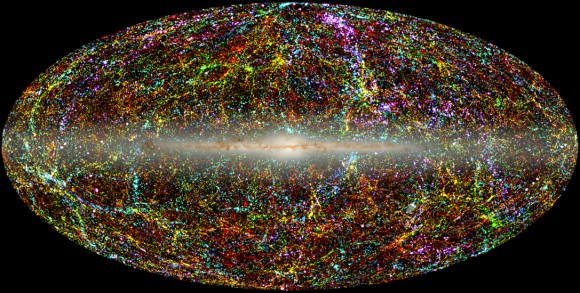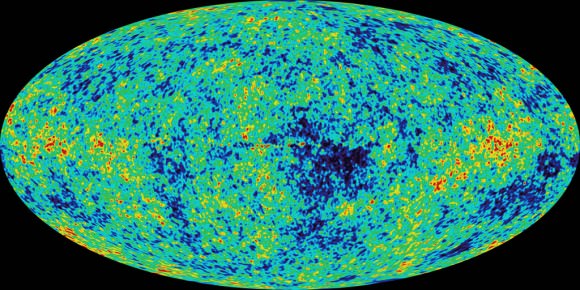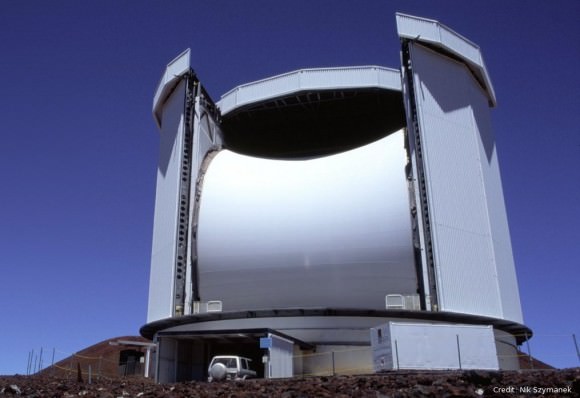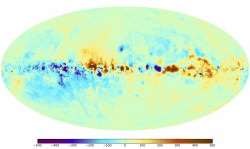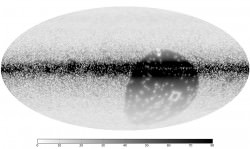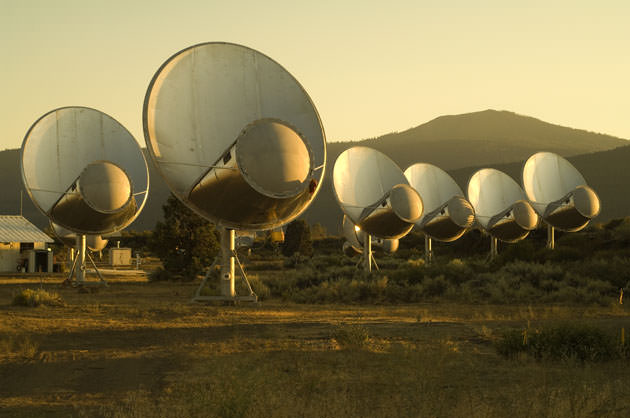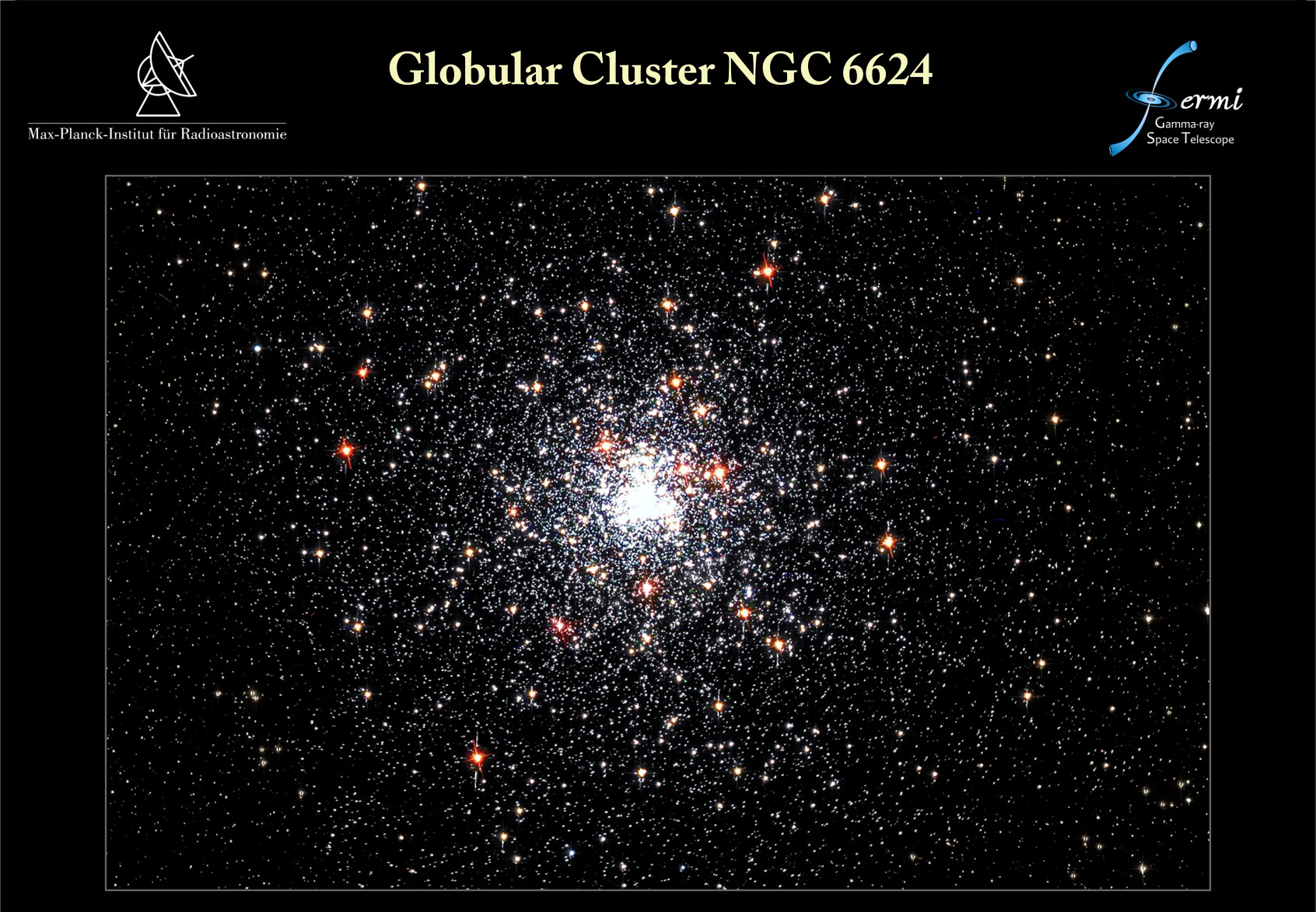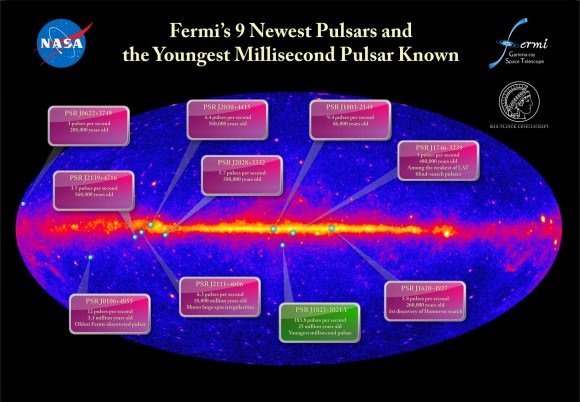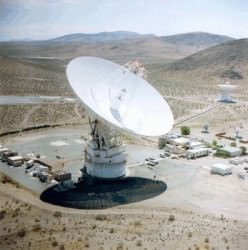[/caption]
A special project to search for pulsars has bagged the first student discovery of a millisecond pulsar – a super-fast spinning star, and this one rotates about 324 times per second. The Pulsar Search Collaboratory (PSC) has students analyzing real data from the National Radio Astronomy Observatory’s (NRAO) Robert C. Byrd Green Bank Telescope (GBT) to find pulsars. Astronomers involved with the project said the discovery could help detect elusive ripples in spacetime known as gravitational waves.
“Gravitational waves are ripples in the fabric of spacetime predicted by Einstein’s theory of General Relativity,” said Dr. Maura McLaughlin, from West Virginia University. “We have very good proof for their existence but, despite Einstein’s prediction back in the early 1900s, they have never been detected.”
Four other pulsars have been discovered by high school students participating in this project.

“When you discover a pulsar, you feel like you’re walking on air! It is the best experience you can ever have,” said student co-discoverer Jessica Pal of Rowan County High School in Kentucky. “You get to meet astronomers and talk to them about your experience. I still can’t believe I found a pulsar. It is wonderful to know that there is something out there in space that you discovered.”
The other student involved in the discovery was Emily Phan of George C. Marshall High School in Virginia, who along with Pal found the millisecond pulsar on January 17, 2012. It was later confirmed by Max Sterling of Langley High School, Sydney Dydiw of Trinity High School, and Anne Agee of Roanoke Valley Governor’s School, all in Virginia.
“I am considering pursuing astronomy as a career choice,” said Agee. “The Pulsar Search Collaboratory has opened my eyes to how fun astronomy can be!”
Once the pulsar candidate was reported to NRAO, a followup observing session was scheduled on the giant, 17-million-pound telescope. On January 24, 2012, observations confirmed that the pulsar was real.
Pulsars are spinning neutron stars that sling “lighthouse beams” of radio waves around as they rotate. A neutron star is what is left after a massive star explodes at the end of its “normal” life. With no nuclear fuel left to produce energy to offset the stellar remnant’s weight, its material is compressed to extreme densities. The pressure squeezes together most of its protons and electrons to form neutrons; hence, the name “neutron star.” One tablespoon of material from a pulsar would weigh 10 million tons.
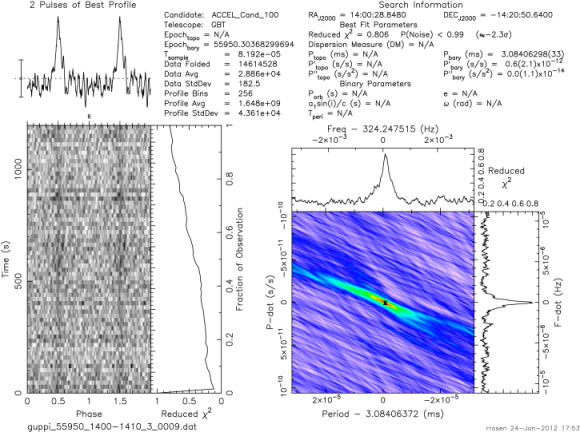
The object that the students discovered is a special class of pulsars called millisecond pulsars, which are the fastest-spinning neutron stars. They are highly stable and keep time more accurately than atomic clocks.
Astronomers don’t know much about them, however. But because of their stability, these pulsars may someday allow astronomers to detect gravitational waves.
Millisecond pulsars, however, could hold the key to that discovery. Like buoys bobbing on the ocean, pulsars can be perturbed by gravitational waves.
“Gravitational waves are invisible,” said McLaughlin. “But by timing pulsars distributed across the sky, we may be able to detect very small changes in pulse arrival times due to the influence of these waves.”
Millisecond pulsars are generally older pulsars that have been “spun up” by stealing mass from companion stars, but much is left to discover about their formation.
“This latest discovery will help us understand the genesis of millisecond pulsars,” said Dr. Duncan Lorimer, who is also part of the project. “It’s a very exciting time to be finding pulsars!”
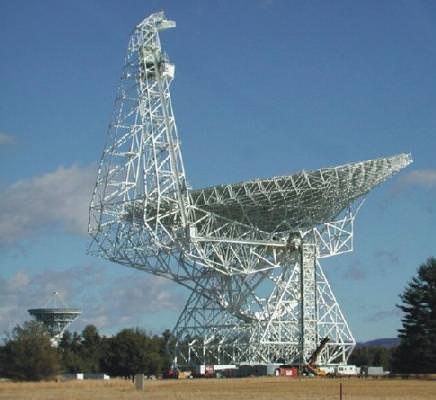
The PSC is a joint project of the National Radio Astronomy Observatory and West Virginia University, funded by a grant from the National Science Foundation. The PSC includes training for teachers and student leaders, and provides parcels of data from the GBT to student teams. The project involves teachers and students in helping astronomers analyze data from the GBT.
Approximately 300 hours of the observing data were reserved for analysis by student teams. These students have been working with about 500 other students across the country. The responsibility for the work, and for the discoveries, is theirs. They are trained by astronomers and by their teachers to distinguish between pulsars and noise.
The PSC will continue through the 2012-2013 school year. Teachers interested in participating in the program can learn more at this link. The National Radio Astronomy Observatory is a facility of the National Science Foundation, operated under cooperative agreement by Associated Universities, Inc.

